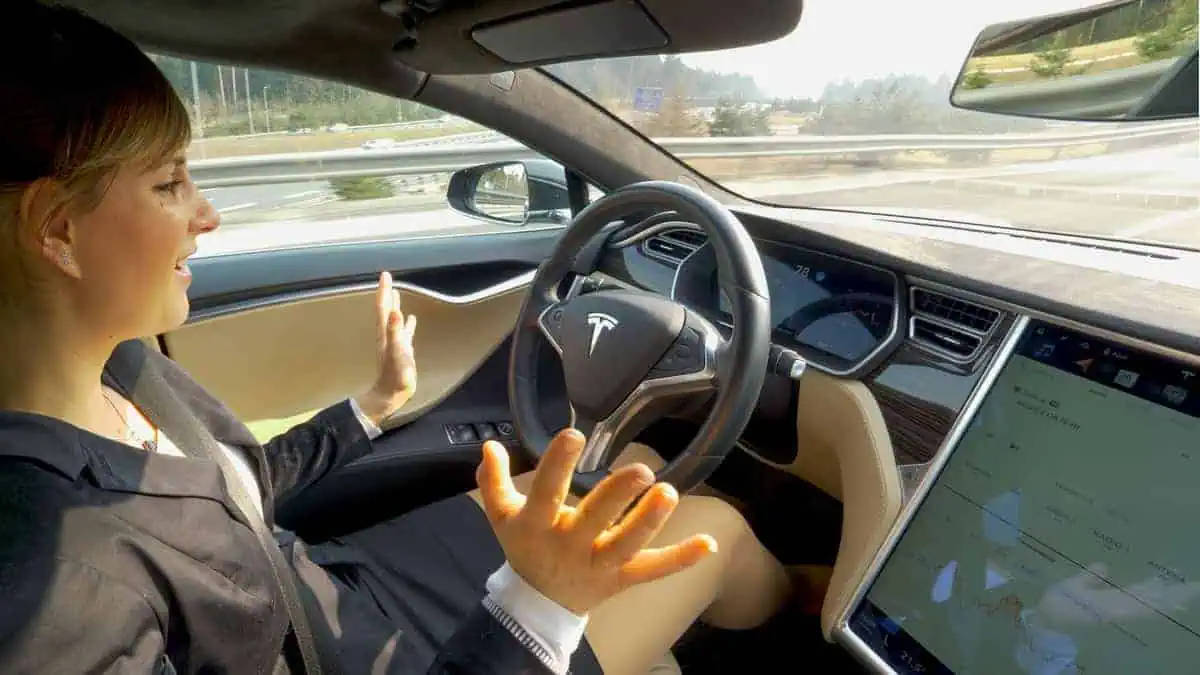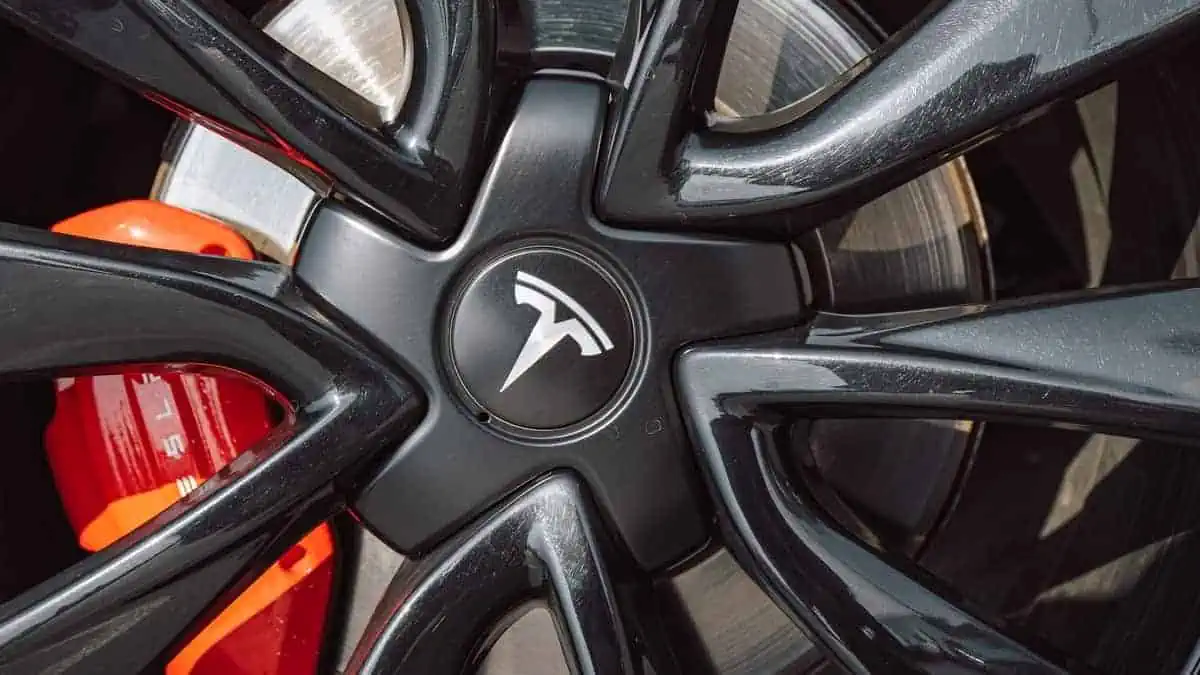Electric vehicle giant Tesla has finally kicked off the public roll-out of the highly awaited Full Self-Driving Beta v12 with the release of the 2023.44.30.12 software update on January 21, 2024.
This software update signifies the American brand’s last hope for full autonomy across its lineup.
Release notes
As per the release notes, Tesla replaces more than 300,000 human-coded lines with an “end-to-end neural network” trained on millions of video data for city driving.
“FSD Beta v12 upgrades the city streets’ driving stack to a single end-to-end neural network trained on millions of video clips, replacing over 300k lines of explicit C++ code.”
Tesla
True enough, recent reviews from Tesla owners who have already tested the new software update highlighted the significant improvement in the company’s autonomous software. Many of them reported experiencing smoother drives without any interventions, takeovers, or awkward moments.
What’s special about the FSD v12?
As mentioned, the FSD v12 software update includes the introduction of the “end-to-end neural nets.” It basically shifts the system’s reliance from programmers’ codes to neural nets.
Simply put, artificial intelligence (AI) will now power the functions of FSD-equipped Tesla cars. It includes the EVs‘ vision system, among others.
As Tesla kept on promising, the FSD v12 will enable the company to finally reach its self-driving goals. In hindsight, Tesla Chief Executive Elon Musk even stated that v12 will officially eliminate the “beta” moniker from the program. However, the update still displays the “beta” indication in the release notes.
Tesla initially launched the latest software update of the FSD to its employees, but it is now finally reaching non-employee owners.
Key to Tesla’s full autonomy
It would be exciting to know more about FSD v12’s new features and capabilities, which we can expect to learn from owners who already tested the new software update.
The software update must really work and deliver Tesla’s promises, considering that it marks the last phase in the company’s FSD development.
If it fails, the Musk-led company may need to step back from its full autonomy goals or start from scratch.
Nonetheless, Tesla still has a long way to go to develop its neural nets with more training. However, if it fails to at least pose an effective path to a working self-driving system, it will be challenging for Tesla to reach its self-driving goals.






